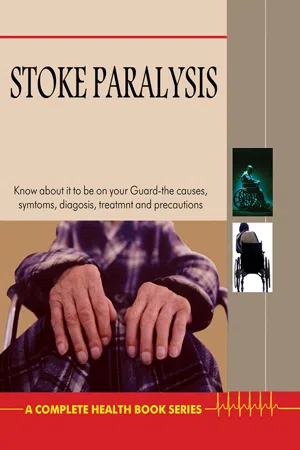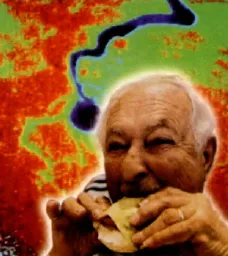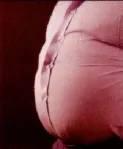
- English
- ePUB (mobile friendly)
- Available on iOS & Android
Stroke Paralysis
About this book
Stroke or CVA is defined as a sudden non-convulsive neurological deficit. It is mainly due to non-supply of blood (thereby oxygen) to the brain or part of the brain due to a clot in the brain artery or due to bursting of the brain artery. This disease is common in the middle and late years of life.
Brain rules over the most sophisticated control system of the world, i.e. central nervous system. All our sensations from every part of the body reach the brain via the sensory nerves and the brain orders all the movements through a set of nerves called the motor nerves. Our thought process, our vision, hearing, writing/speaking, learning, memory, and planning - almost all the activities are carried out in the brain. In stroke, the brain or part of it suddenly gets damaged or dead. This disease, thus, becomes very crucial and can hamper our life as well.
Frequently asked questions
- Essential is ideal for learners and professionals who enjoy exploring a wide range of subjects. Access the Essential Library with 800,000+ trusted titles and best-sellers across business, personal growth, and the humanities. Includes unlimited reading time and Standard Read Aloud voice.
- Complete: Perfect for advanced learners and researchers needing full, unrestricted access. Unlock 1.4M+ books across hundreds of subjects, including academic and specialized titles. The Complete Plan also includes advanced features like Premium Read Aloud and Research Assistant.
Please note we cannot support devices running on iOS 13 and Android 7 or earlier. Learn more about using the app.
Information
WHAT INCREASES THE RISK FOR A STROKE?




Table of contents
- Cover
- Title Page
- Introduction
- Table of Contents
- One: Facts about Stroke
- Two: The Brain
- Three: Types of Stroke
- Four: What Increases the Risk for a Stroke?
- Five: How Is a Stroke Investigated?
- Six: Medicines to Treat Stroke
- Seven: Possible Effects of Stroke
- Eight: Can Strokes be Prevented?
- Nine: Glossary
- About the Author